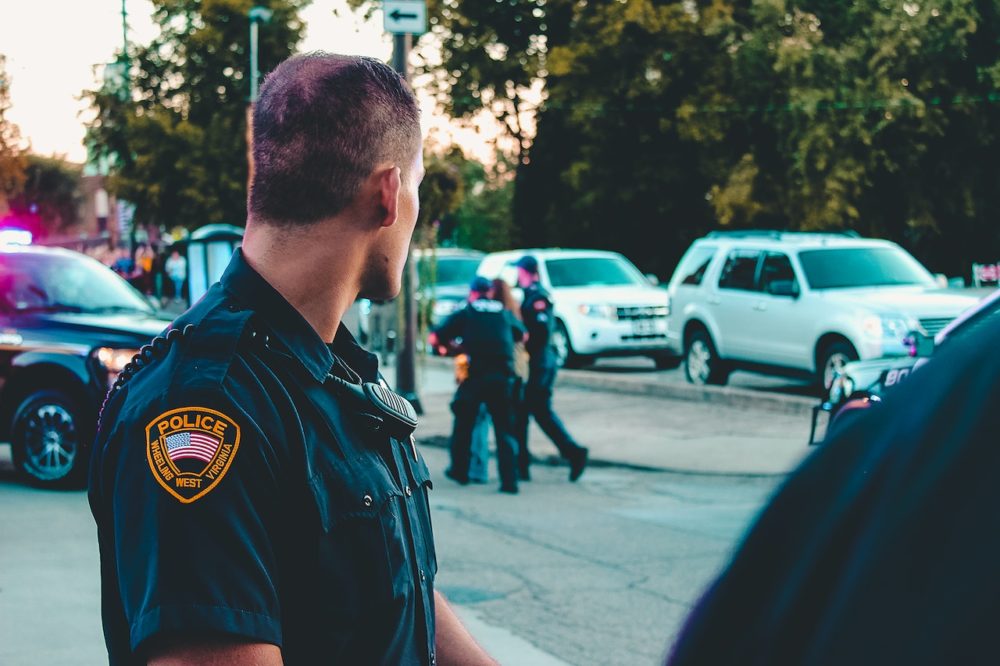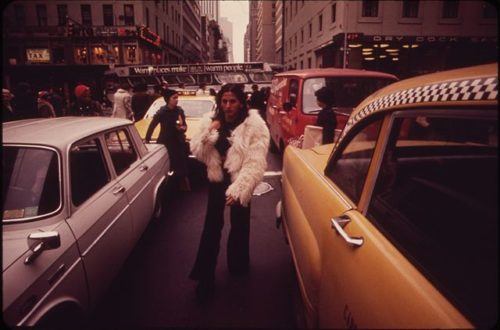What Counts As Police Misconduct?

Law enforcement plays a critical role in society. They work an unforgiving job that often provides fairly underwhelming benefits and compensation. Despite this, they continue to put their lives on the line every day to keep us safe.
Most law enforcement exists to serve and protect, but a very small percentage of police officers do not act in the interest of the law. Instead, these dishonest cops use their power to serve their needs. When this happens, it is known as police misconduct.
For perspective, approximately 3 police officers are arrested each day. This is a tiny number compared to the total number of law enforcement officers, but it does illustrate that police misconduct is an ongoing problem.
Obvious examples of police misconduct include brutality, but it can also be subtle. We’ll take a look at some of the most common cases of police misconduct below to help you better understand what it looks like.
Excessive Force
As just mentioned, excessive use of force is the most iconic showing of police misconduct.
This is when a police officer uses more force than a situation requires. A great example of this is a compliant suspect that is aggressively tackled and pinned for no obvious reason.
Excessive force can be very tricky because cops are often required to use force to maintain their authority. It’s figuring out how much force is appropriate when issues tend to arise.
Generally, there are two approaches to this.
First, you have an officer that genuinely believes a suspect is a threat. They may use excessive force because they deem it necessary. Perhaps they picked up on suspicious body language that a suspect was displaying.
Alternatively, an officer may use excessive force maliciously. They may seek to punish a suspect or demonstrate their authority. This often results in unwarranted injuries and suffering.
Either situation constitutes excessive use of force and police misconduct. When force is used out of genuine fear, there is often more wiggle room because it comes from good intentions. That said, police officers must exercise better control in all situations requiring physical force.
Violating Procedure
Law enforcement officers that violate proper procedure are also displaying misconduct.
Unfortunately, this is extremely simple for cops to get away with. Your average citizen doesn’t know the ins and outs of police procedure, meaning that they’ll have to go on a police officer’s word.
This naivety and trust allows dishonest cops to take advantage of people they come in contact with. They may tell you that they have permission to do something when they do not.
The most common examples of this include unlawful arrests or detainments and unauthorized searches and seizures.
In most situations, an officer needs probable cause to execute authoritative action. Because this determination is up to them, they can bypass it or exaggerate the circumstances as they please.
When dealing with law enforcement, it is critical to know your rights so they aren’t violated. While it is rare, you may experience police misconduct in the form of an unlawful or unauthorized demand.
Falsification
Falsification is also deemed police misconduct.
It’s important to know that police officers can lie to you. What they can’t do is lie in any formal or legal proceedings. This includes any official reports and tampering with witnesses or evidence.
Because police officers have power, they are often in control of relaying what happened at a scene. This creates the potential to alter events that can benefit an officer. Perhaps they omit details that incriminate them or just to be misleading.
Regardless of the reason, falsifying any information is police misconduct. Your safest option here is to record your interaction with the police so there’s no room for error.
Discrimination
Lastly, police discrimination is also viewed as misconduct.
This tends to appear the most with racial discrimination, specifically of black people. Police officers are supposed to treat all citizens equally, regardless of their race or status.
However, this does not always happen and it results in unfair treatment. A suspect may be harassed, roughed up, unlawfully arrested, detained, or otherwise mistreated simply because of the way they look or who they are.
It can be difficult to determine if a police officer is discriminating. If they work in a predominantly black neighborhood, then a high arrest rate for black people would be normal. On the other hand, excessive arrests of minorities in a mixed community is more suspicious.
If you’re dealing with a situation of police discrimination, you should seek an attorney to help you understand your case and explain how best to protect yourself.
Closing Thoughts
When police officers commit misconduct, it has a devastating effect on the community they are meant to serve. Rather than providing safety, it instills fear and distrust in the citizens that creates a disharmonious relationship between the public and law enforcement.
Police misconduct is not uncommon and tends to happen in a few different ways. This includes excessive use of force, violating proper procedure, falsification, and discrimination.
Most police officers give their best effort to serve honestly, but it’s the select nefarious few that can give cops a bad reputation. Considering this, keep an eye out for any signs of police misconduct and steer clear.
Would you like to receive similar articles by email?





